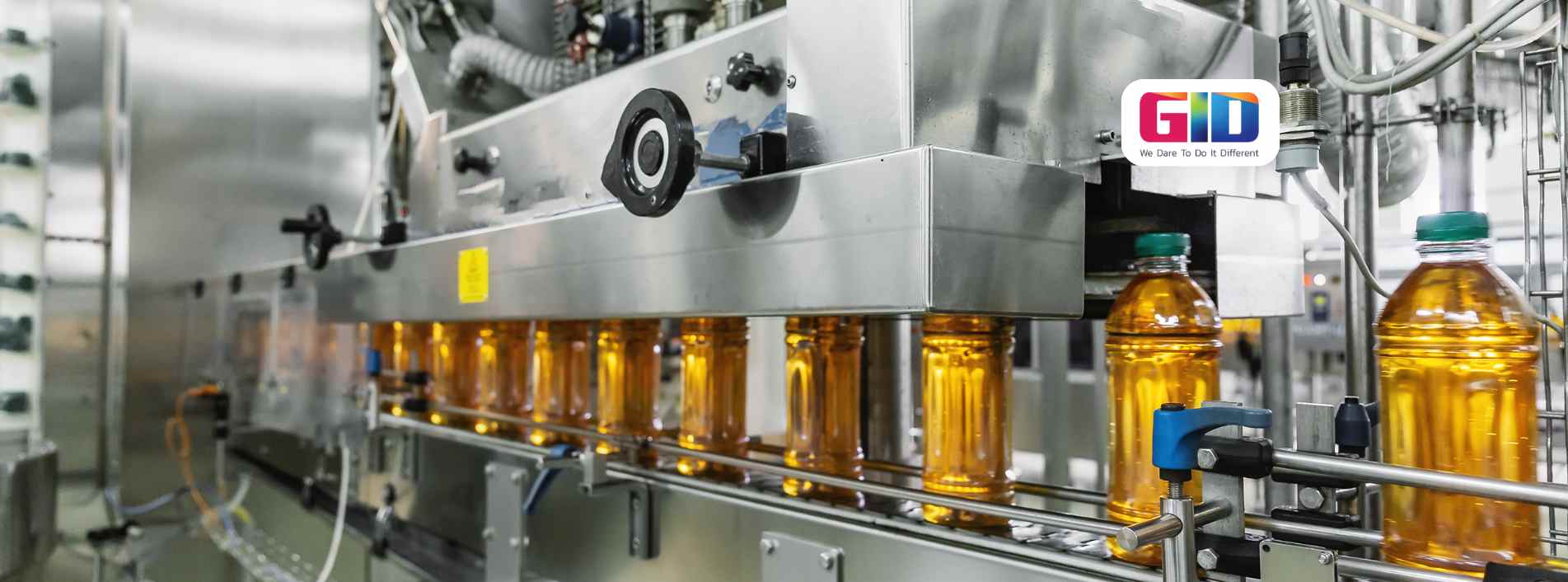Why Thermoplastic Materials Matter
Explore the importance of thermoplastic in plastic product manufacturing and understand why thermoplastics are essential for creating durable, flexible, and cost-efficient products. When it comes to plastic product prototype development or plastic product manufacturing, it is useful to understand which material to use. Typically, there are two types of plastic materials: thermoplastic and thermosetting resin.
Thermoplastic materials are those that can be melted and cured (hardening the polymer material) again and again. There is, of course, a limit to the number of times such melting and curing processes can be repeated, depending on the type of thermoplastic material. The point, however, is that such thermoplastic materials can be melted a number of times without degrading the material.
Thermosetting materials, on the other hand, are those that can be melted and shaped only once. After a thermosetting material is cured, trying to melt it again would cause the material to burn, rather than melt. Think of a 2-part epoxy to understand a thermosetting material. Before mixing with the hardener, the epoxy resin is in the liquid state. Once the resin is mixed and dried, it is not possible to heat and melt it again.
When it comes to plastic injection molding, it is easy to misjudge the importance of thermoplastic and thermosetting materials. By the way, both thermoplastic and thermosetting materials can be injection molded. The major difference, when using a thermoplastic or thermosetting material, applies after the injection molding cycle when the molded plastic solidifies. During the molding process, plastic is heated and injected into a metal mold.
To get to the cavity of the metal mold, however, the molten plastic first needs to pass through an array of entry points and tunnels known as sprues, runners, and gates. The plastic cools within the mold cavity as well as inside the channels that lead to the mold cavity. The plastic that solidifies inside the channels is not the component or part of the final product. It is just a waste.
Now, what happens to the “waste” during plastic injection molding?
Thermoplastic Materials
If a thermoplastic material were used for injection molding, the waste could be recycled and used again. The solid plastic left within the sprues, runners, and gates can be combined with the raw material that goes into the injection molding machine. The same thing can happen with the material from rejected plastic parts. All the waste plastic can be collected and recycled back to the onset of the process. This all sums up into higher efficiency, and eventually means, lower costs of the final product and better margin for the producer.
Thermosetting Materials
Understanding the importance of thermoplastic materials in injection molding reveals their recycling benefits. When the importance of thermoplastic is applied, waste plastic from sprues, runners, and gates can be reclaimed and combined with fresh raw materials for reuse in the injection molding machine. Similarly, rejected parts can be recycled back into the process. Recognizing the importance of thermoplastic in this context leads to higher overall efficiency, reducing the costs of the final product and improving profit margins for producers. By leveraging the importance of thermoplastic materials, manufacturers can achieve significant cost savings and sustainability in their production processes.
To conclude, thermoplastic materials offer some major benefits to plastic product manufacturers, consumers, and even society, as such materials are recyclable. Indeed, when it comes to plastic prototype development or plastic product manufacturing, the manufacturer should choose and use thermoplastic materials.
At GID Development Corporation, along with top-quality product design, rapid prototyping, and product development, we provide high-class plastic product manufacturing services. We are an efficient product development company in California, USA, and provide a comprehensive service so that our clients can take their inventions, to the market easily. To ensure efficient bulk production of novel inventions, which we help create with our product design, product prototyping, and product development services, we employ popular plastic product manufacturing techniques.
Understanding the importance of thermoplastic materials is crucial in modern plastic product manufacturing. The importance of thermoplastic lies in its versatility and durability, making it an ideal choice for a wide range of applications. Unlike thermosetting plastics, thermoplastics can be repeatedly melted and reshaped, offering significant advantages in manufacturing processes. This adaptability not only enhances production efficiency but also allows for more sustainable practices. By recognizing the importance of thermoplastic materials, manufacturers can leverage their properties to achieve superior product performance and reduce waste. For a deeper dive into the importance of thermoplastic in your production processes, explore our detailed insights.
Read Also: Best Plastic Product Manufacturing Company for Your Business

















